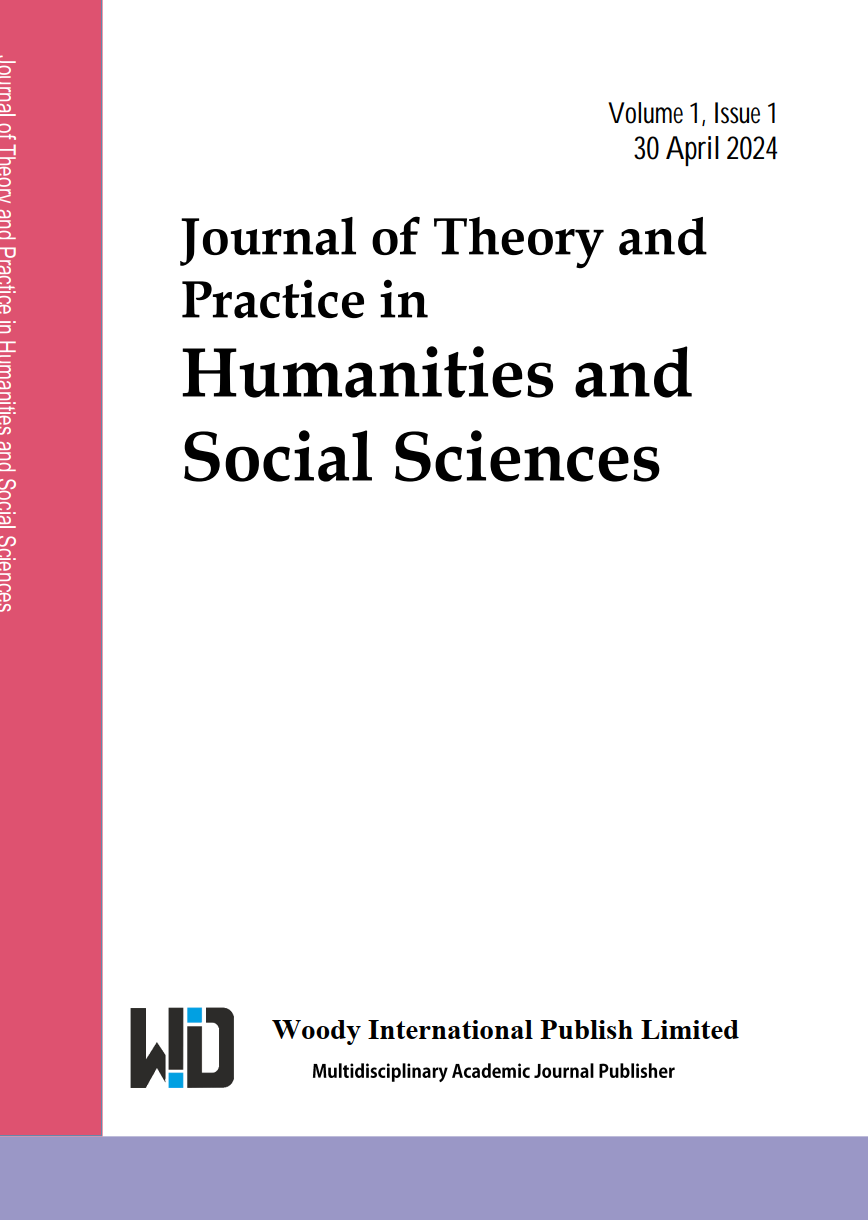Exploration of the Integration Paths between “Aesthetic Education” and “Ideological and Political Education” in Universities under the Background of New Liberal Arts Construction — A Case Study of Humanities and Social Sciences Majors
DOI:
https://doi.org/10.5281/zenodo.17206749Keywords:
New Liberal Arts Construction, Art Education, Ideological and Political Education, Humanities and Social Sciences Majors, Integration Path, Strengthening Moral Education and Cultivating PeopleAbstract
Based on the background of new liberal arts construction, this paper takes humanities and social sciences majors as the research object and systematically explores the in-depth integration path of art education and ideological and political education. From the dual perspectives of theoretical logic and practical value, the paper first points out that the two are consistent in goals and complementary in content under the fundamental task of "strengthening moral education and cultivating people": art education provides an effective carrier for ideological and political education with its vividness and emotionality, while ideological and political education injects ideological connotation and value orientation into art education. Secondly, the paper analyzes the problems existing in the current integration practice, such as vague goals, disconnected content, single path and insufficient teaching staff. On this basis, it proposes to construct a "trinity curriculum + multi-dimensional linkage practice" system. This is achieved by excavating the "art-ideological and political" elements in professional courses, developing interdisciplinary courses, implementing joint teaching, and carrying out situational practice in combination with on-campus, off-campus and online platforms. At the same time, it emphasizes the need to build an interdisciplinary teaching team and establish a scientific and diversified evaluation mechanism to ensure the effectiveness of integration. This paper aims to provide theoretical reference and practical paths for enhancing the effectiveness of ideological and political education, enriching the connotation of art education, and realizing the comprehensive educational goals of "educating people with aesthetics, nurturing people with culture, and cultivating people with morality".
References
Ministry of Education of the People's Republic of China. (2019, November). Several opinions on promoting the construction of new liberal arts [Policy document].
Marx, K. (2018). Economic and philosophical manuscripts of 1844. People's Publishing House.
Schiller, F. (2018). Letters on the aesthetic education of man. Peking University Press. (Original work published elsewhere)
State Council of the People's Republic of China. (2020, October). Opinions on comprehensively strengthening and improving school aesthetic education in the new era [Policy document].
Ministry of Education of the People's Republic of China. (2022, April). Guidelines for public art courses in institutions of higher education [Policy document].
Zeng, Y. (2022). Theoretical and practical exploration of integrating excellent traditional Chinese culture into curriculum-based ideological and political education. Studies in Ideological Education, (5), 163–172.
An, L. (2020). Analysis of the logical basis for integrating excellent traditional Chinese cultural resources into college ideological and political courses. Journal of Ideological & Theoretical Education, (2), 97–101.
Yuan, X. (2022). Research on the reconstruction of art design majors based on "three-dimensional artistic beauty" aesthetic education under the background of new liberal arts. Journal of Xi'an University of Arts and Science (Social Sciences Edition), (1), 96–100.
Zhong, Q. (2000). Situational learning and school education. Educational Research, (5), 53–58.
Downloads
Published
How to Cite
Issue
Section
License
Copyright (c) 2024 Lele Wang, Muyue Zhang

This work is licensed under a Creative Commons Attribution 4.0 International License.






